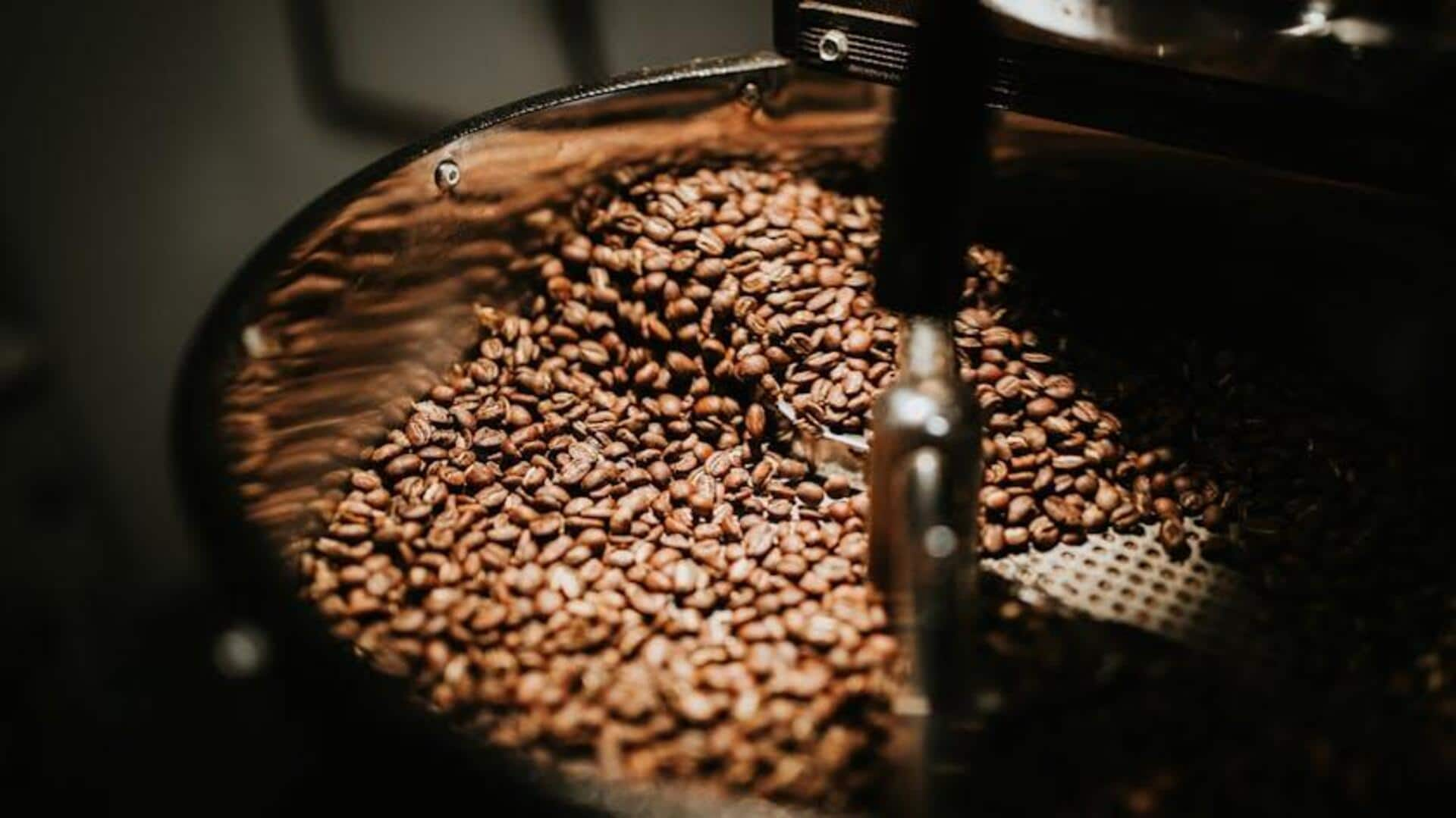
How to roast coffee beans like a pro
What's the story
Roasting coffee beans at home can be a rewarding experience, and it lets you tailor the flavor profile to your liking. However, to achieve that perfect cup of coffee, you need to understand the roasting process. From techniques to equipment and tips for getting started, this article gives you everything you need to know to roast coffee beans like a pro!
Tip 1
Choosing the right equipment
Picking the right equipment is key to roasting coffee beans at home successfully. Home roasters can opt for air roasters or drum roasters, both of which come with their own set of benefits. Air roasters are usually cheaper and simpler to use, whereas drum roasters give you more control over the roast profile. Keep your budget and space in mind before making a purchase.
Tip 2
Understanding roast levels
Familiarize yourself with different roast levels: light, medium, and dark. Light roasts retain more of the bean's original flavors and acidity. Medium roasts offer a balance between flavor and acidity with slightly more body. Dark roasts have less acidity but are richer in body and often exhibit smoky notes. Experimenting with various levels will help you find your preferred taste.
Tip 3
Monitoring temperature and time
Temperature control is crucial to achieving consistency while roasting coffee beans. Most beans crack around 196 degrees Celsius (385 degrees Fahrenheit), which means they are nearing light roast. Shoot for around 204 degrees Celsius (400 degrees Fahrenheit) for medium roast, and dark roast requires temperatures above 218 degrees Celsius (425 degrees Fahrenheit). Watch both temperature and time while roasting to prevent burning.
Tip 4
Cooling beans quickly after roasting
Once roasted to your liking, it's crucial to cool the beans immediately, to prevent further cooking from residual heat. Spread them out on a baking sheet or use a fan-assisted cooling tray (if you have one). Rapid cooling helps preserve flavors by preventing over-roasting due to absorbed heat within the bean mass itself.